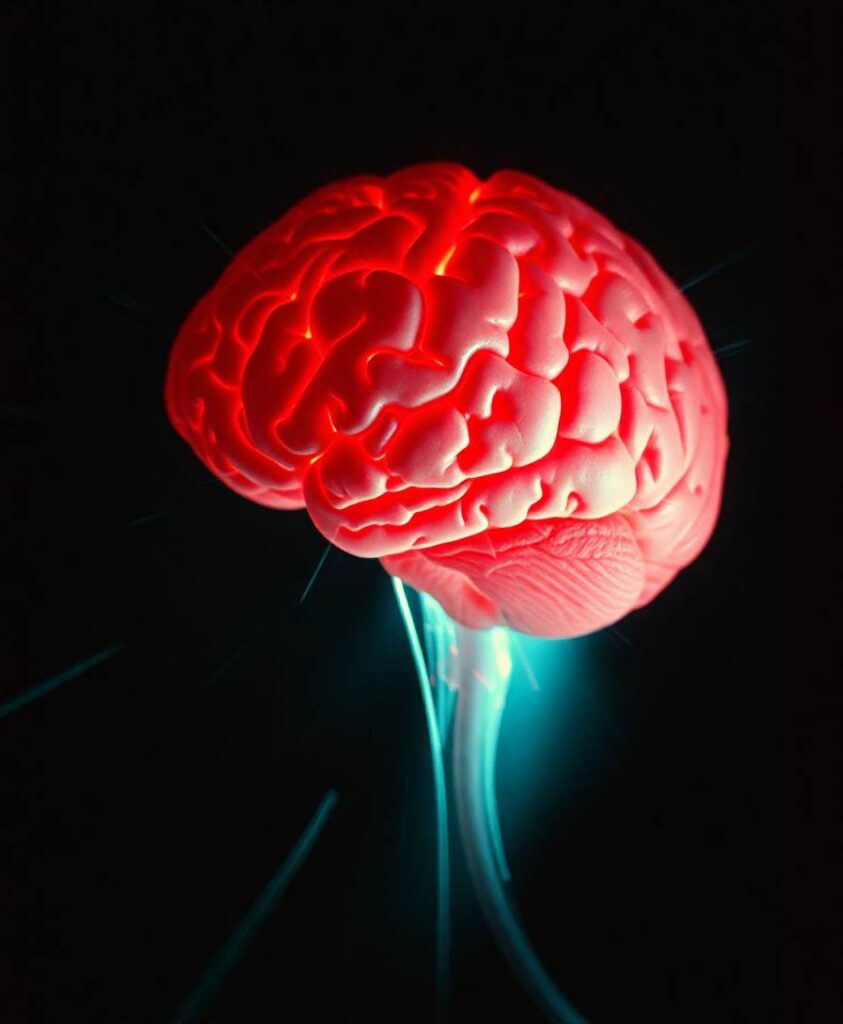This finding matters because it links metabolic health inside brain cells to emotional states in a specific brain region tied to memory and learning. The work suggests that mood changes can arise not only from neurotransmitters that get the headlines, but from energy-related communication between cells. Targeting the mechanisms that control ATP release or connexin 43 function could open different paths for treatments that work alongside existing therapies.

Follow the link to read the full paper and see the experiments that trace this pathway from stress to cellular signaling to behavior. The study raises questions about how everyday stressors, sleep, diet, and aging might influence brain energy signals, and how restoring those signals could support recovery and resilience.
Scientists discovered that lowered brain energy signaling in the hippocampus can lead to both depression- and anxiety-like behaviors in mice. Stress reduced ATP, a molecule important for cell energy and communication. Altering a protein called connexin 43, which helps release ATP, caused similar symptoms even without stress. Restoring this protein improved mood-related behavior.




